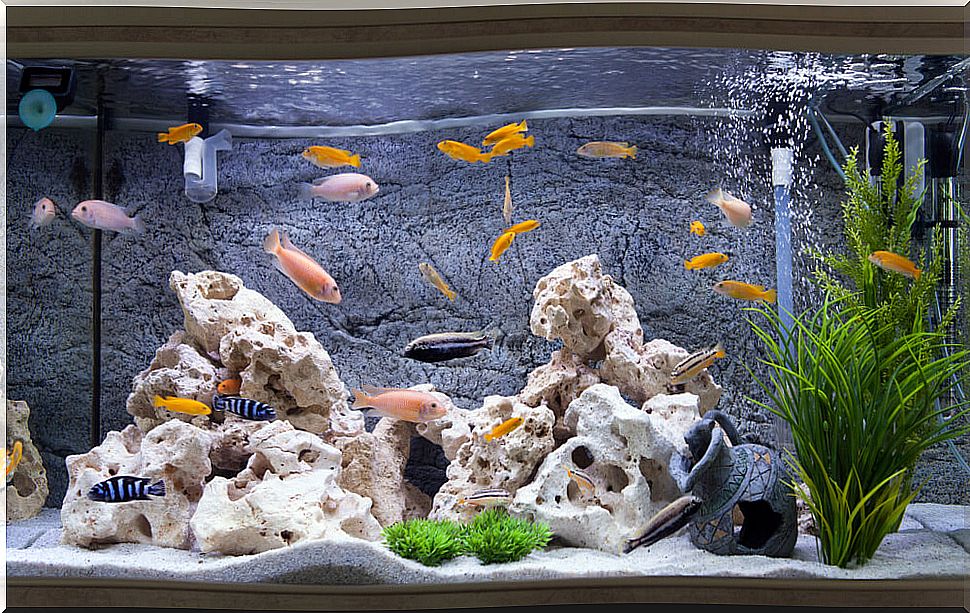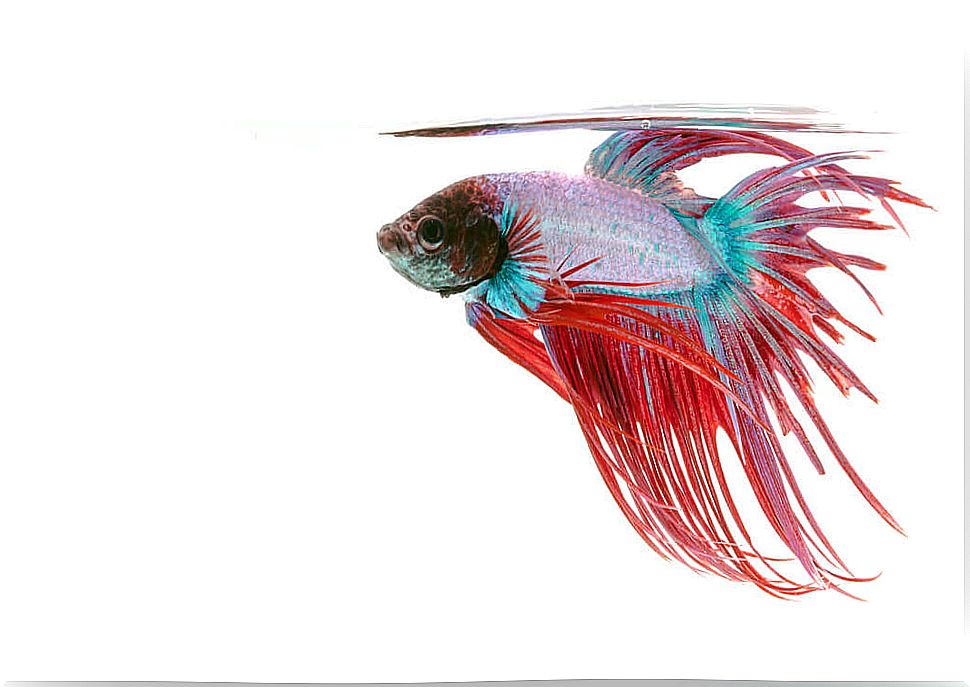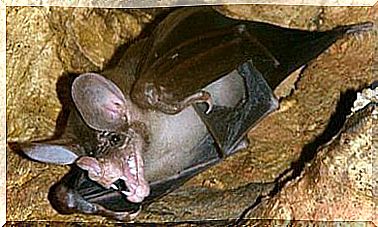What Are The Fish That Cannot Live In An Aquarium

Although the idea of having a varied and colorful fish tank is very attractive, the truth is that not all fish can live in an aquarium. Some species could experience very fierce fighting that would likely end in the death of one or both.
On the other hand, there are fish that are very predatory and could eliminate the population of the other species. For all these reasons, it is essential to know a little more about each species of fish to know which ones can coexist in harmony before assembling your fish tank.
What fish cannot live in a shared aquarium?
When choosing the ideal fish to live in a shared aquarium, it is necessary to take into account several variables. Here we summarize the most important ones.
Freshwater fish and saltwater fish
Before composing an aquarium, the first differentiation we need to make is between freshwater fish and saltwater fish. The organisms of these aquatic animals work in a very different way, since they had to adapt to the environment where they live.

In general, freshwater fish are the most easily found in fish tanks. The explanation is quite simple: it is much easier to provide the appropriate means for them to develop correctly.
Salt water requires more complex and expensive maintenance, not only in relation to salinity, but also to the pH of the water. For this reason, this type of aquarium is more rare or specific, although the saltwater species are very attractive because of their colorful appearance.
Cold water fish and warm water fish
Another key aspect to consider when assembling your tank is to differentiate between warm-water and cold-water fish. This is essential to decide whether or not to install a heating system in our aquarium to provide the optimal conditions for fish development.
In addition, we must pay special attention to the filter that we choose for our aquarium to maintain the health of its waters. An interesting measure is to combine fish that move at different depths to live in a shared aquarium.
For example, we can combine fish that swim on the surface with species that prefer to move in the deeper waters. In this way, we achieve that all species can swim freely in a fluid traffic, without collisions.
Fish size and aquarium size
Although it may seem obvious, one of the most important care when setting up an aquarium is to think about the dimensions of each species in relation to the space available in the tank.
We should not think of fish as a simple ornament in an aquarium. These aquatic animals need space to grow, develop, express themselves and exercise freely.
In addition, an overcrowded aquarium favors the accumulation of impurities in the waters and can lead to fights for food and territory. If we want different species to coexist in the same tank, we must choose a large container.
Nutritional requirements
In a shared aquarium, we will need to take special care to provide complete and balanced nutrition for all fish. Each aquatic species has its own nutritional requirements, which must be met to guarantee its optimal development.
The most important thing will be to know the nutritional needs of each fish that we choose in our fish tank to offer them the right food, with the necessary nutrients.
We can also think about introducing some cleaner fish to help us in the maintenance of the aquarium. These species carry out a kind of natural sanitation, by eating the food residues of the other fish or the algae that may form.

Examples of fish that can live in an aquarium together
All these species that we see below will be able to coexist peacefully in our aquarium :
- Goldfish
- Dancers
- Bettas
- Cardinals
- Neon fish
- Colisas
- Danios
- Nuns
- Spoons
- Otocinclus
- Danios
- Corydoras
- Drunk
- Eat seaweed
If we decide to introduce ‘algae-eating’ fish together with bettas in an aquarium, it is important to avoid breeding. Algae eaters often attack betta nests, causing major conflicts in the tank.
In addition, if we intend to have more than one betta fish in the same tank, we must join a single male with up to five or six females. Gathering male bettas is not recommended, as fights over females and over territory are frequent.









